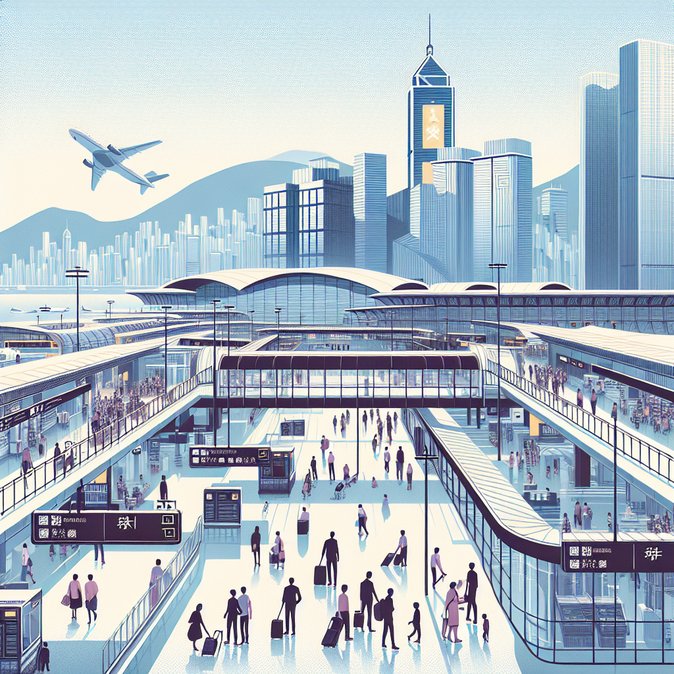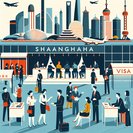
In a further signal that Hong Kong is rebuilding its role as a regional transit hub, the Immigration Department of the Hong Kong Special Administrative Region (HKSAR) announced on 14 November that, with effect from 15 November 2025, nationals of Nepal may transit the city’s international airport without a visa, provided they remain inside the secure transit area and depart on an onward flight the same day.
The new concession is deliberately narrow—covering airport-to-airport connections only and not entry into the territory itself—but it removes a layer of administrative friction for a fast-growing South-Asian market. Nepalese passengers previously needed to obtain a so-called "transit visa" even if they never left the sterile zone, a process that could take up to four weeks and cost HK $230. The waiver therefore shaves both time and money off itineraries connecting Kathmandu with long-haul destinations in North America, Europe or Australasia that route via Hong Kong.
![Hong Kong grants visa-free airport transit to Nepalese travellers]()
Officials framed the measure as part of the Belt and Road Initiative’s goal of improving network connectivity. Hong Kong International Airport handled 29 million passengers in the first nine months of 2025—still below the 2019 peak of 75 million but already double 2024 levels. Airport Authority data show South-Asian transfer traffic rebounded fastest, up 260 % year-on-year, largely on the back of strong migrant-worker and business flows. Carriers such as Cathay Pacific and Nepal Airlines are expected to market through-fares aggressively once the rule takes effect.
For global mobility managers, the change provides another routing option for assignees and project teams moving between South Asia and Greater China. Travellers will still need to meet the entry requirements of their final destination, and the waiver does not affect Nepalese nationals who wish to enter Hong Kong for meetings or lay-overs longer than 24 hours. Those purposes continue to require a standard visit visa, which currently carries a six-to-eight-week processing time.
Companies should update their travel-booking platforms to flag the more efficient connection and remind employees that the visa-free transit applies only if they remain air-side. Employers with large South-Asian workforces—especially in construction, shipping and hospitality—may find the Hong Kong route newly competitive against Kuala Lumpur or Singapore for cost-sensitive itineraries.
The new concession is deliberately narrow—covering airport-to-airport connections only and not entry into the territory itself—but it removes a layer of administrative friction for a fast-growing South-Asian market. Nepalese passengers previously needed to obtain a so-called "transit visa" even if they never left the sterile zone, a process that could take up to four weeks and cost HK $230. The waiver therefore shaves both time and money off itineraries connecting Kathmandu with long-haul destinations in North America, Europe or Australasia that route via Hong Kong.

Officials framed the measure as part of the Belt and Road Initiative’s goal of improving network connectivity. Hong Kong International Airport handled 29 million passengers in the first nine months of 2025—still below the 2019 peak of 75 million but already double 2024 levels. Airport Authority data show South-Asian transfer traffic rebounded fastest, up 260 % year-on-year, largely on the back of strong migrant-worker and business flows. Carriers such as Cathay Pacific and Nepal Airlines are expected to market through-fares aggressively once the rule takes effect.
For global mobility managers, the change provides another routing option for assignees and project teams moving between South Asia and Greater China. Travellers will still need to meet the entry requirements of their final destination, and the waiver does not affect Nepalese nationals who wish to enter Hong Kong for meetings or lay-overs longer than 24 hours. Those purposes continue to require a standard visit visa, which currently carries a six-to-eight-week processing time.
Companies should update their travel-booking platforms to flag the more efficient connection and remind employees that the visa-free transit applies only if they remain air-side. Employers with large South-Asian workforces—especially in construction, shipping and hospitality—may find the Hong Kong route newly competitive against Kuala Lumpur or Singapore for cost-sensitive itineraries.











